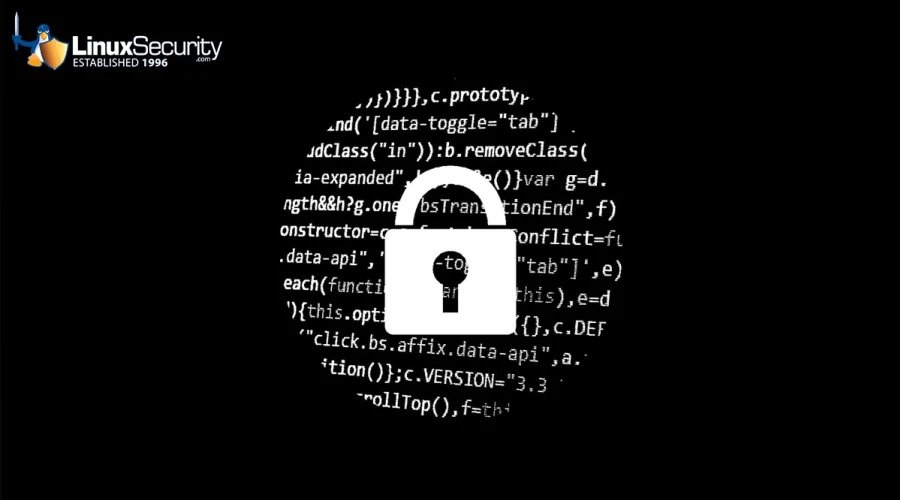Defending Against Malicious Web Shells: Lessons from the Apache AXIS Server Attack

Hackers have recently been observed actively targeting the Apache AXIS server to deploy malicious web shells, exposing significant vulnerabilities and risks for organizations and demanding immediate and comprehensive security measures.
In this article, I'll delve into the threat mechanisms used in this attack, clarify who is at risk, discuss pertinent takeaways from this incident, and offer practical advice for securing servers against such threats. Let's begin by understanding how this stealthy attack works.
How Is This Attack Carried Out?
 Apache AXIS is an adaptable web service engine that allows for the addition of web service interfaces to applications, supporting SOAP 1.1, SOAP 1.2, and REST styles. Despite its utility, it has recently become a popular attack target. In August 2024, researchers at Binary Defense observed a China-linked threat actor breaching unmanaged AIX servers connected to the Internet because of basic administrative passwords used in Apache AXIS servers.
Apache AXIS is an adaptable web service engine that allows for the addition of web service interfaces to applications, supporting SOAP 1.1, SOAP 1.2, and REST styles. Despite its utility, it has recently become a popular attack target. In August 2024, researchers at Binary Defense observed a China-linked threat actor breaching unmanaged AIX servers connected to the Internet because of basic administrative passwords used in Apache AXIS servers.
Upon gaining access, attackers uploaded an AxisInvoker web shell, securing SSH access and employing a Fast Reverse Proxy (FRP) for persistent communication. Over several months, attackers conducted reconnaissance operations using LDAP, SMB shares, and local configuration files. The breach extended to Windows environments where more sophisticated attacks like Cobalt Strike beacons and NTLM relay attacks were attempted. Security defenses thwarted these later attempts, but the initial breaches highlight the severity of the threat posed by these vectors.
Who is at Risk?
Organizations across various sectors are at risk, especially those:
- Using Apache AXIS: Any entity using Apache AXIS for web services can be a potential target in these attacks.
- Relying on Unmanaged or Outdated Systems: Those with unmonitored or outdated servers, like the AIX servers observed in this incident, are particularly vulnerable.
- Lacking Rigorous Security Protocols: Organizations that do not enforce strong credentials and regular monitoring are at higher risk.
Shadow IT: A Silent Threat Brought to Light
Shadow IT refers to the use of IT systems, software, or applications without the knowledge and approval of the organization's IT department. Employees might employ such unauthorized solutions for convenience or productivity, which poses potential security hazards. In this incident, attackers exploited unmanaged systems—prototypical Shadow IT—highlighting the perils of bypassing centralized security controls.
Shadow IT can undermine enterprise security by creating blind spots. These unmonitored systems can become entry points for attackers, as demonstrated by the breaches in unmanaged AIX servers used with Apache AXIS. The absence of coordinated security oversight on such systems increases an organization's vulnerability to sophisticated threats.
Key Takeaways from This Exploit & Actionable Mitigation Strategies for Reducing Risk
 Several critical lessons can be taken away from these attacks. First, unmonitored or outdated systems are particularly vulnerable and can be easily exploited as entry points by attackers. Implementing comprehensive security measures that extend to all networked devices, including legacy systems, is crucial to ensure robust protection. Another significant risk is using weak credentials. Relying on basic passwords can lead to significant security breaches. Modern threats are becoming increasingly sophisticated, requiring equally advanced security solutions to combat them effectively. Furthermore, managing Shadow IT is critical, as unauthorized systems can significantly weaken an organization's overall security posture. Therefore, securing your servers and network infrastructure is paramount to maintaining a solid defense against cyber threats.
Several critical lessons can be taken away from these attacks. First, unmonitored or outdated systems are particularly vulnerable and can be easily exploited as entry points by attackers. Implementing comprehensive security measures that extend to all networked devices, including legacy systems, is crucial to ensure robust protection. Another significant risk is using weak credentials. Relying on basic passwords can lead to significant security breaches. Modern threats are becoming increasingly sophisticated, requiring equally advanced security solutions to combat them effectively. Furthermore, managing Shadow IT is critical, as unauthorized systems can significantly weaken an organization's overall security posture. Therefore, securing your servers and network infrastructure is paramount to maintaining a solid defense against cyber threats.
To protect against threats targeting Apache AXIS servers, administrators should engage in the following best practices:
- Regular Audits and Updates: Conduct frequent security audits and keep all software, including legacy systems, up to date with patches and updates.
- Strong Authentication Protocols: Implement robust password policies and multi-factor authentication to secure access credentials.
- Advanced Monitoring Solutions: Employ comprehensive monitoring and intrusion detection systems across all network segments, including low-priority systems.
- Employee Training and Awareness: Educate employees about the dangers of Shadow IT and ensure they understand the importance of adhering to approved IT policies.
- Shadow IT Management: Establish policies and procedures to monitor and control unauthorized IT solutions within the organization.
- Network Segmentation: Isolate critical systems and sensitive data through network segmentation to limit the damage in case of a breach.
Incident Response Planning: Develop and regularly update an incident response plan to address and mitigate attacks swiftly.
Our Final Thoughts on Securing Your Apache Servers Against This Emerging Threat
The recent attacks on Apache AXIS servers underscore the sophistication and persistence of modern cyber threats. Attackers have demonstrated the complexities of ensuring comprehensive cybersecurity by exploiting vulnerabilities in unmanaged systems often indicative of Shadow IT. Organizations must adopt a multi-faceted approach, integrating robust security measures, regular monitoring, and authorized IT usage to safeguard against such threats. Thorough understanding, proactive measures, and continuous vigilance are essential to strengthening an organization’s security infrastructure and mitigating potential risks.













